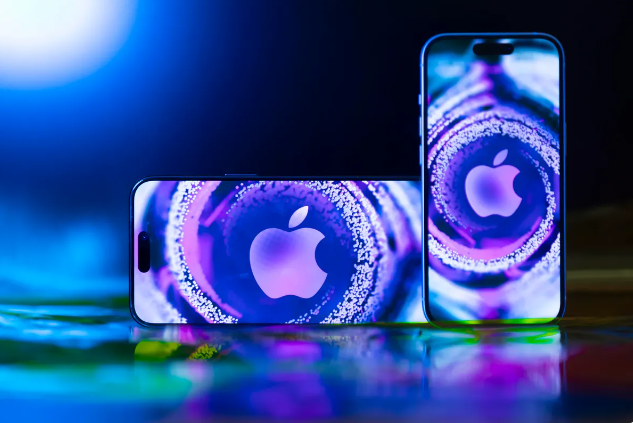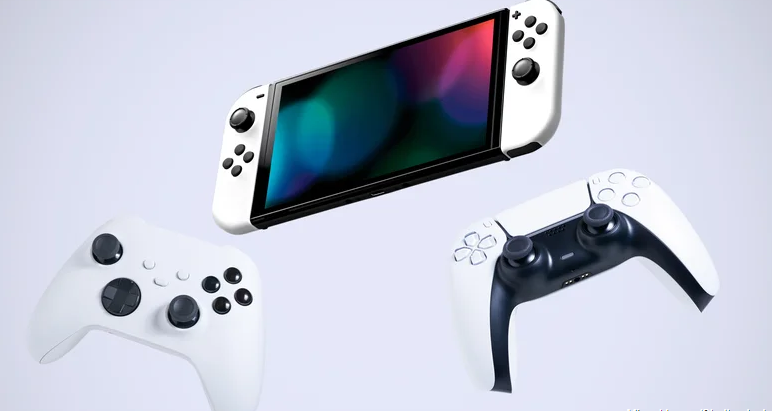4K Video Recording at 120 FPS: A Game-Changer for the iPhone 16 Pro and Pro Max
Apple continues to set the bar in mobile technology, and the iPhone 16 Pro and Pro Max are shaping up to be no exception. Among the most anticipated features of this year’s release is 4K video recording at 120 frames per second (FPS), a feature that promises to revolutionize mobile videography. While the iPhone 14 Pro and iPhone 15 Pro already offer impressive video capabilities, the leap to 4K at 120 FPS represents a significant advancement that could attract videographers, content creators, and even casual users looking to enhance their visual storytelling.
Here’s a look at what this means, why it matters, and how this feature could redefine the mobile videography experience.
What Is 4K Video Recording at 120 FPS?
To understand the significance of 4K video at 120 FPS, it’s important to break down what these numbers represent. **4K resolution** refers to a display or video with a horizontal resolution of approximately 4,000 pixels. More specifically, Apple devices generally use 3840 x 2160 pixels for their 4K videos, offering crystal-clear detail, vibrant color accuracy, and greater depth in every frame.
**FPS** stands for frames per second, which refers to how many individual images are captured per second to create motion in video. Higher FPS results in smoother and more fluid motion, which is critical for certain types of video, especially those involving fast movement or slow-motion effects. Most current smartphones, including the iPhone 14 Pro and 15 Pro, max out at 60 FPS when shooting in 4K resolution, but the jump to 120 FPS will take this a step further, offering an even smoother experience and more control in post-production.
Why 120 FPS Matters for Video Quality
While 4K video at 60 FPS is already impressive, doubling the frame rate to 120 FPS has several distinct advantages. One of the most significant benefits is the **improved clarity during fast-motion scenes**. Whether you’re capturing action shots, sports events, or dynamic scenes like a bustling cityscape, the 120 FPS mode ensures that fast-moving subjects remain sharp, clear, and jitter-free.
This higher frame rate also opens up a range of possibilities for **slow-motion videography**. When you record at 120 FPS, you can slow down the footage significantly during editing without losing smoothness or quality. This allows for creative effects such as showing intricate movements or emphasizing key moments in ways that simply aren’t possible with a lower frame rate. Imagine filming an athlete in mid-air or a dramatic moment in a nature documentary—120 FPS will capture every nuance of motion, allowing for ultra-smooth playback when slowed down.
The Importance of 4K Resolution

The leap to 4K recording at 120 FPS also ensures that the footage you capture maintains a high degree of sharpness and detail. In contrast to Full HD (1080p), 4K offers four times the pixel density, making the footage more vibrant and true-to-life. When paired with 120 FPS, this creates a level of immersion that previously required professional-grade cameras.
4K resolution also comes into play when zooming or cropping video. With higher pixel density, users can crop or zoom into footage during editing without significant loss of quality. This feature is particularly useful for vloggers, filmmakers, and social media creators who need high versatility and adaptability in their video content.
Potential Use Cases for 4K at 120 FPS
The integration of 4K video recording at 120 FPS in the iPhone 16 Pro and Pro Max is set to open up a wealth of possibilities for professional and casual users alike.
Cinematic Content Creation**: The ability to capture ultra-smooth, high-resolution footage will be a boon for filmmakers and content creators. Filmmakers can use the slow-motion feature to add dramatic flair to action sequences or intricate scenes, while maintaining the high detail and sharpness offered by 4K resolution.
Sports and Action Videography**: Whether recording a football game or capturing a high-energy dance performance, the ability to capture 120 frames per second ensures every moment is crystal clear. Even the most rapid movements will be smooth, eliminating blur and improving overall quality.
Nature and Wildlife**: The combination of 4K resolution and a high frame rate is also ideal for capturing fast-moving animals or environmental phenomena like water splashes or wind-blown landscapes. The slow-motion capability will allow viewers to appreciate every fine detail.
Everyday Use**: While professional users will benefit from these advancements, even casual users will notice a marked improvement in their video quality. Whether recording family events, vacations, or personal projects, the iPhone 16 Pro will offer unmatched clarity and smoothness, making it easier than ever to shoot high-quality videos from a smartphone.
Impact on the Smartphone Industry
The introduction of 4K video recording at 120 FPS in the iPhone 16 Pro and Pro Max could have a significant ripple effect on the wider smartphone market. Competing brands may feel pressured to offer similar features to keep up with Apple’s innovation. As camera technology becomes an increasingly critical factor in smartphone purchasing decisions, this feature could become a deciding factor for many users, particularly those who prioritize video quality.
Additionally, Apple’s push towards higher video standards could encourage app developers, social media platforms, and video editing software companies to optimize for 4K 120 FPS content. This may lead to improvements in how such content is uploaded, edited, and shared across various platforms, further advancing the creative potential of smartphone videography.
Conclusion
The iPhone 16 Pro and Pro Max’s anticipated 4K video recording at 120 FPS is not just a technical upgrade; it represents a significant leap forward in mobile videography. Whether you’re a filmmaker, content creator, or just a smartphone enthusiast, this feature will open up new possibilities for capturing and sharing stunningly detailed, ultra-smooth video content. As Apple continues to push the boundaries of what its cameras can achieve, it’s clear that the iPhone 16 series is set to be a game-changer in mobile video technology.



